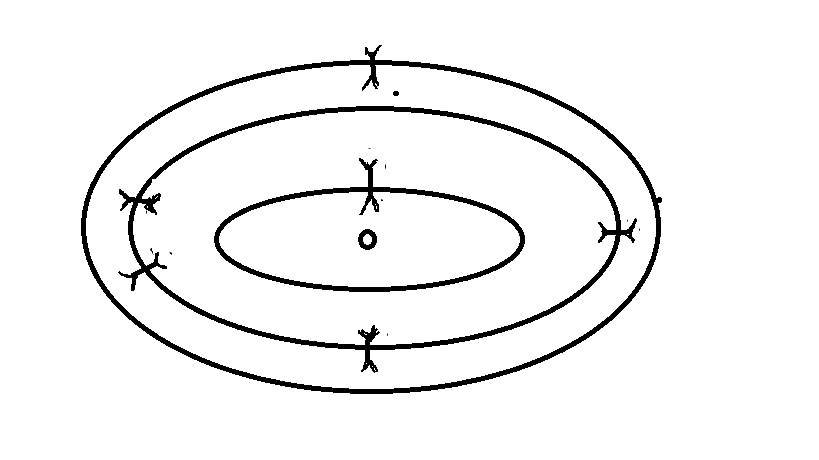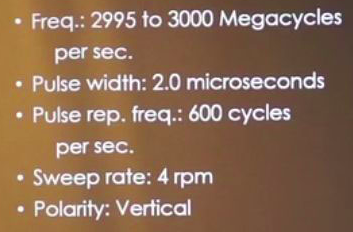waitedavid137
Honorable
In a prior thread I showed that the first order differential equation of time travel for geodesic motion in a Reissner-Nordström spacetime was

where the spacetime was described by

Consider a neutral particle dropped radially into it for simplicity. This line element can then be used to describe its world line and since its motion is radial, the angular term vanishes yielding

by division,

We can now insert the result we had for the differential time travel equation,

Simplified

Differentiate with respect to proper time

Simplify

Now the repulsive term should be clear.
where the spacetime was described by
Consider a neutral particle dropped radially into it for simplicity. This line element can then be used to describe its world line and since its motion is radial, the angular term vanishes yielding
by division,
We can now insert the result we had for the differential time travel equation,
Simplified
Differentiate with respect to proper time
Simplify
Now the repulsive term should be clear.
Last edited:




